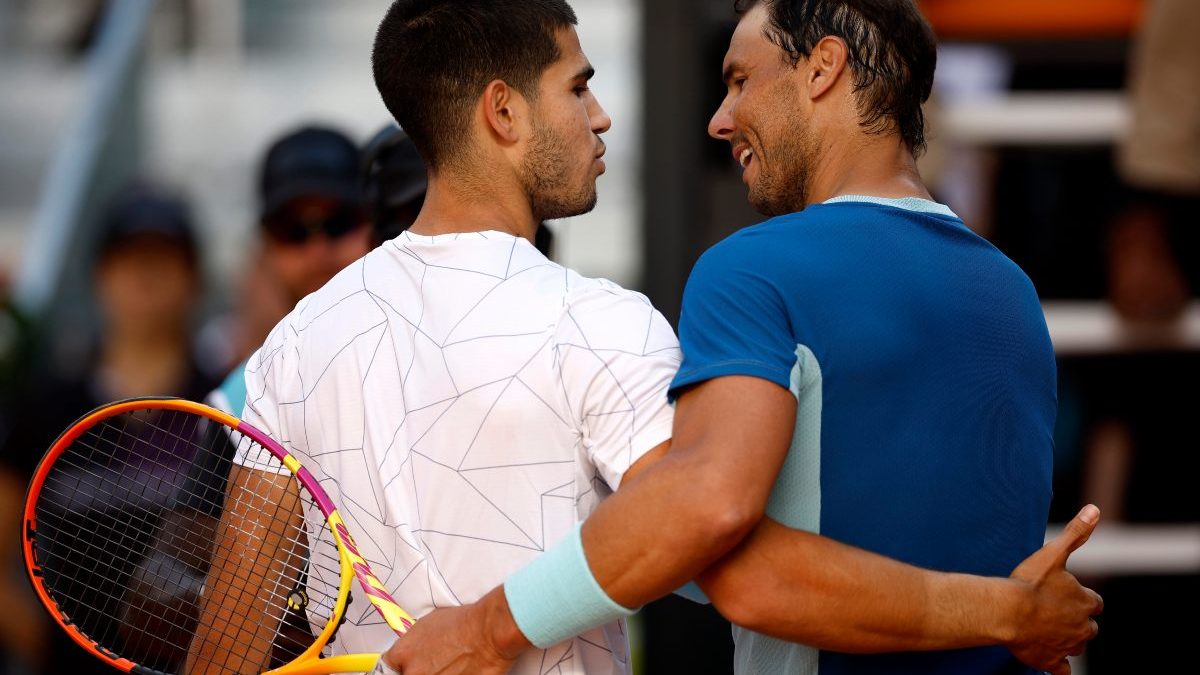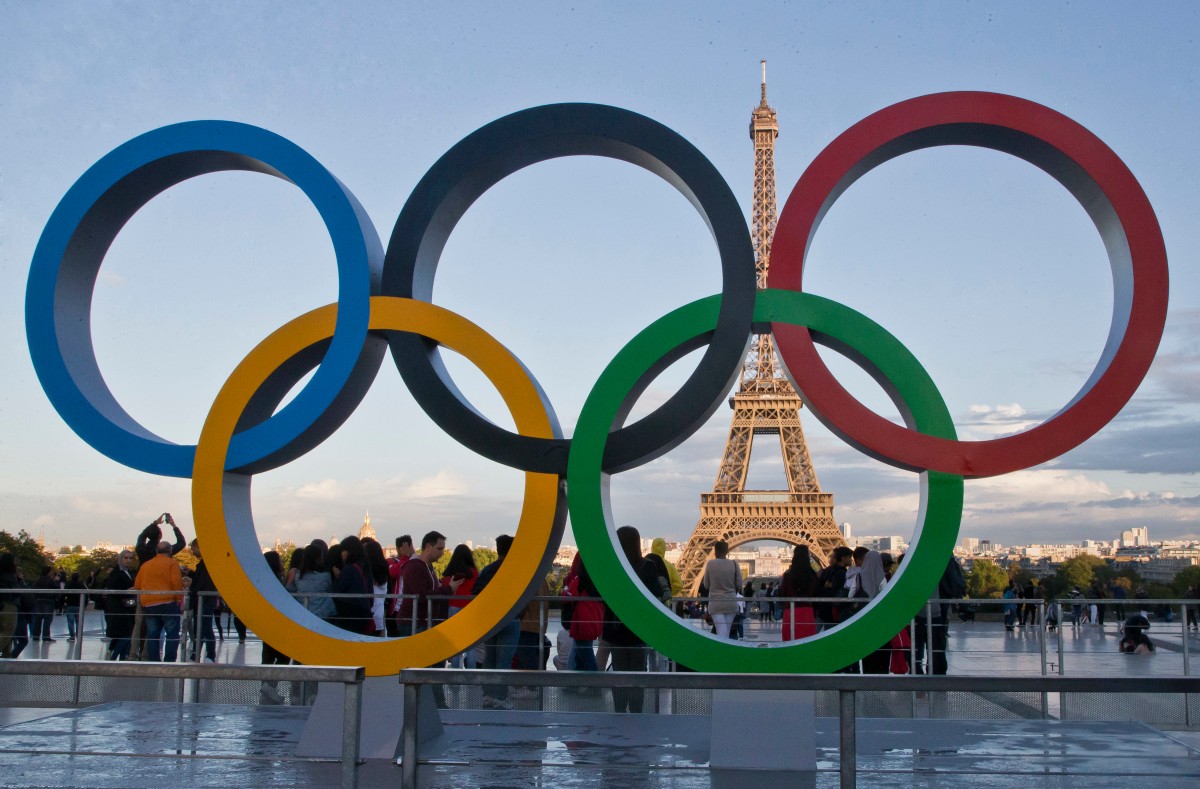With less than 100 days to go for the 2016 Olympics, one of the biggest sporting events, India’s preparation for Olympic qualification is in full swing. However, there might be a block on the road to Rio for the several Indian tennis players after news came in that the International Olympic Committee (IOC) will not offer any wildcards for the tennis events at Olympic Games.
The International Tennis Federation (ITF) Secretary General Juan Margets clarified that no National Association can apply for wild cards, a move that will have a direct impact on the Indian tennis contingent at the Olympics.
“In previous Olympic Games the ITF had a degree of discretionary oversight on the allocation of Final Qualification Places (ITF Places), which might have been considered similar to the concept of wildcards in other events. Now, in line with International Olympic Committee requirements, this has changed for Rio 2016. While Final Qualification Places remain, they are now allocated strictly according to the criteria outlined in the Qualification System,” Margets said in a statement.
Essentially, this means that individual players will have to qualify for the Olympics based solely on their rankings and cannot be nominated by their respective national associations. As of now, any doubles player ranked 10th or better on 6 June, will gain direct entry and can choose their partner. However, India has only one player in the top 10 doubles rankings and one more in the top 20.
Indian player rankings
At present, barring Sania Mirza who is the World No 1 in Women’s doubles, no Indian player is ranked high enough to make it to Rio.
However, Rohan Bopanna, India’s top-ranked men’s doubles player at number 11, is in sniffing range. The next Indian on the doubles list is Leander Paes at 59, an Olympic bronze-medalist who is eyeing a record seventh Olympics appearance. But the 42-year-old veteran has been struggling for form.
Paes is followed by Saketh Myneni at 113, Purav Raja at 115 and Jeevan Nedunchezhiyan at 140, making the top-five Indian in men’s doubles.
Mahesh Bhupathi, who is currently ranked 214, is all but out of contention. With no recommendation from the national association, it will take a tremendous turnaround for Bhupathi to make it based on rankings.
Possible scenarios for Indian players
With Sania Mirza a certainty for Rio, she will get to choose her partner for women’s doubles. However Mixed Doubles could turn out be a area of contention because only players part of the tennis contingent in singles and doubles can be nominated for the mixed doubles.
In the men’s doubles, if Bopanna breaks into the top 10, he will make it to the draw and could pick any partner he wants. He has previously played with Mahesh Bhupathi at the 2012 Olympics. However, if he does not, then there is an outside chance that Bopanna and Paes, India’s highest ranked pair, will partner in the men’s doubles based on their combined ranking and one of them will partner Sania in the mixed doubles.
Qualification format
Here’s how the Olympics qualification process works according to the official International Tennis Federation website.
Men’s Singles: 64 draw Women’s Singles: 64 draw Men’s Doubles: 32 draw Women’s Doubles: 32 draw Mixed Doubles: 16 draw
Men’s / Women’s Singles - 56 Direct Acceptances, based on world rankings as of 6 June 2016 - 6 Final Qualification Places (ITF Places) - 2 Tripartite Commission Invitation Places
Men’s / Women’s Doubles - 24 Direct Acceptances, based on world rankings as of 6 June 2016 - 8 Final Qualification Places (ITF Places)
Mixed Doubles - 12 Direct Acceptances, based on world rankings as of 6 June 2016 - 4 Final Qualification Places (ITF Places)
In a draw of 64 in the men’s and women’s singles competition, 56 are direct entries, six are final qualification places (ITF) and two are tripartite commission invitation places. In doubles, 24 teams have direct entry and eight are final qualification places (ITF).
India at the 2012 Olympics
India’s tennis contingent for the previous Olympics held in London in 2012 was also the subject of much speculation. After weeks of questions about ‘will they, won’t they,’ it was decided that ‘Lee-Hesh’, two of India’s best tennis players will not play together at the Games. Post this, there was more controversy on the pairing, with both Paes and Bhupathi vying for the much higher-ranked Bopanna.
Ultimately, the contingent included Somdev Devvarman and Vishnu Vardhan in Singles, Bhupathi partnering with Bopanna and Leander Paes with Vishnu Vardhan in men’s doubles. Paes partnered with Sania Mirza in the mixed doubles, who played women’s doubles with Rushmi Chakravarthi. Barring the Mixed Doubles pair, not a single Indian reached the quarterfinals.
The road ahead
As of now, the best-case scenario would be Bopanna breaking into the top 10 men’s doubles’ ranking before 6 June and qualifying for the Olympics on points. That would assure a team each in men’s and women’s doubles. Paes, on the other hand will have to gain ranking points to make the cut or hope to partner with Bopanna.
Firstpost tried to contact both Paes and Bopanna but Paes did not wish to talk about the Olympics and Bopanna was unavailable for comment.


)




)
)
)
)
)
)
)
)